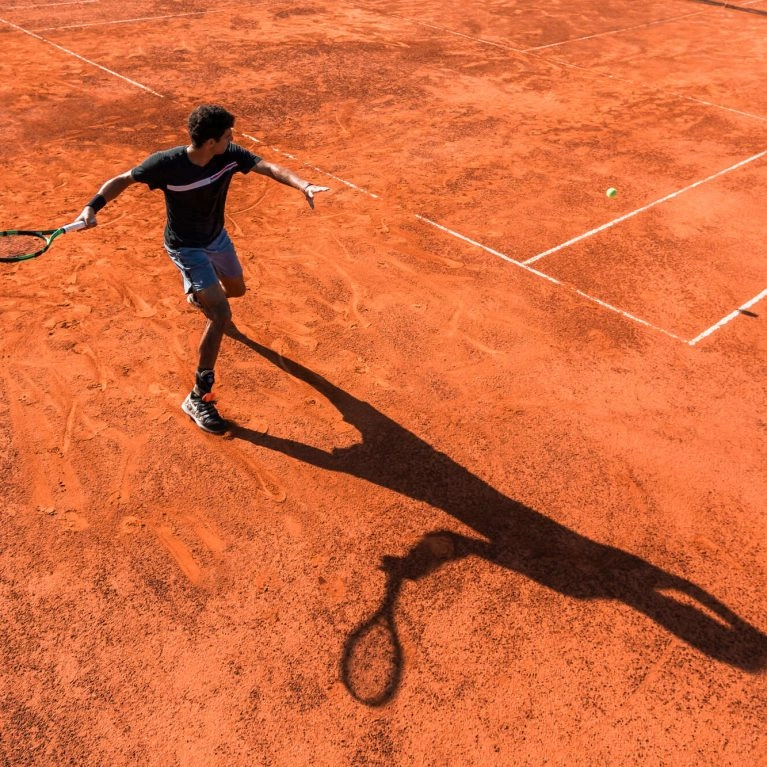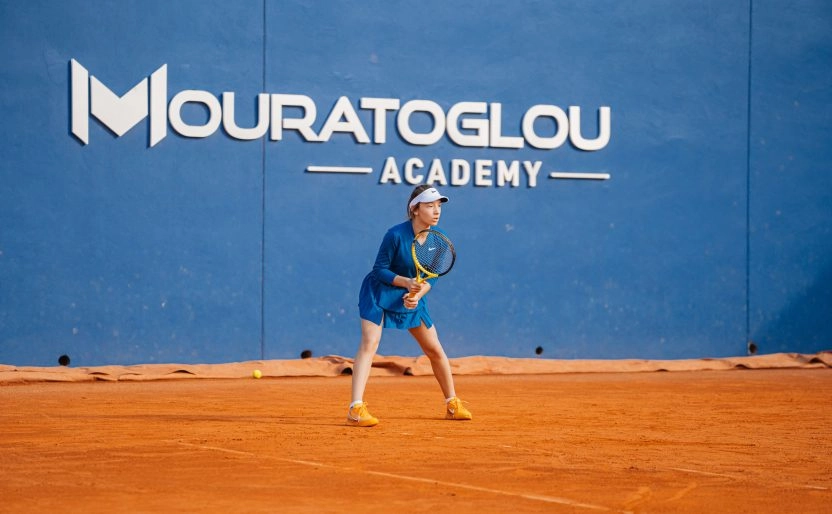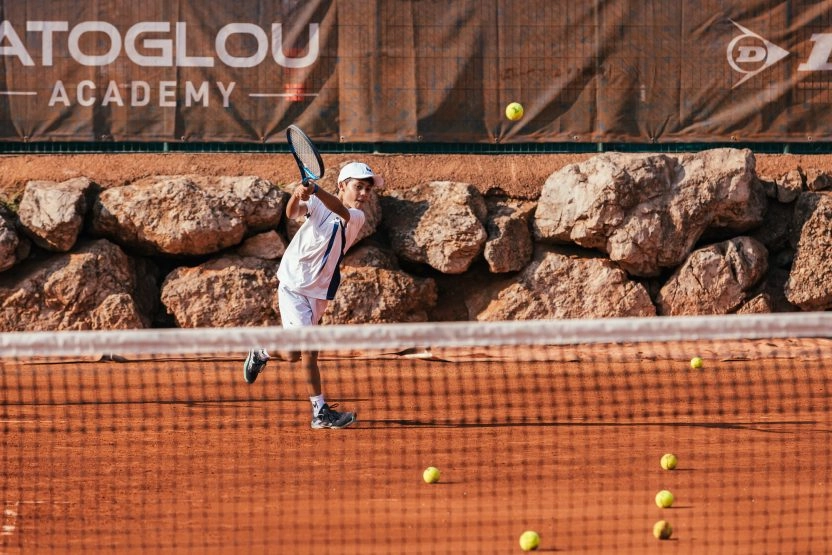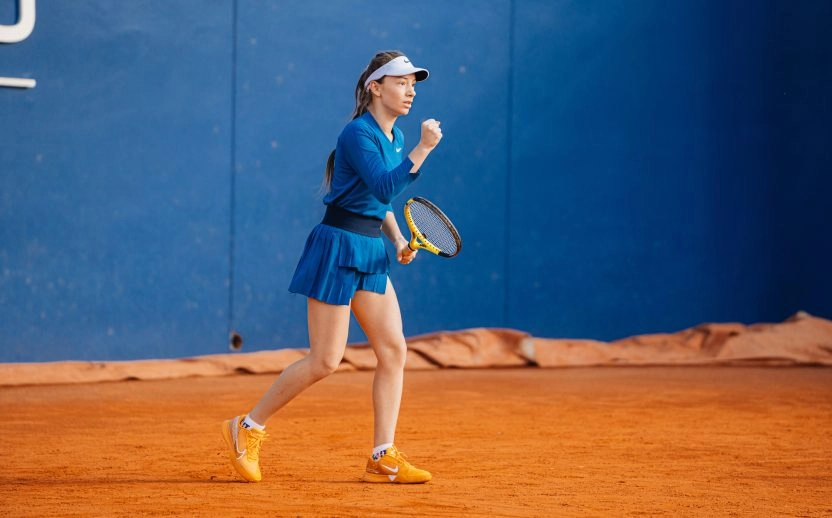Change the height :
Alternate lifted balls and slices. Lift balls will force them to hit above the shoulder, while slices can force them to play below net level, putting them in difficulty.

Facing a baseline attacker can be difficult in tennis. This type of player is often very consistent, patient and methodically builds up each rally to exploit the slightest of your weaknesses from the back of the court. The aim of this style is to wear you down with repeated rallies, until you finally make a mistake or open up an opportunity for him to take the initiative. However, with the right tactics, it is entirely possible to neutralise this style and reverse the dynamic.
Here are the best strategies taught in the tennis study at our world-famous tennis academy.

Before devising a strategy, it’s crucial to understand how a baseline player works. This style relies on long rallies, using depth and angles to force you into errors, while maintaining a constant tempo. Players adept at this approach rely on their consistency and physical endurance to force you to make mistakes.
Key characteristics:
The key to beating a striker who plays from the back of the court is to disrupt his consistency by varying your shots. A player who plays mainly at the back likes to maintain a steady pace and naturally falls into a pattern of prolonged exchanges. You can break this dynamic by varying your shots.

Against a player playing far behind the baseline, it’s vital to keep your balls deep. If your shots lack length, you risk giving him opportunities to attack and take control of the point. By hitting long balls, you force him to stay at a distance, which limits his ability to take the initiative.
Cleverly coming up to the net is another way of destabilising an attacker who remains at the back of the court. Players at the back of the court are not always comfortable with frequent rises to the net, especially if they are well prepared.
Even the best players at the back have weaknesses. It’s essential to identify these weaknesses as early as possible in the match so that you can adjust your strategy accordingly. Whether it’s a weaker backhand, difficulty handling high balls or hesitant rises to the net, these elements need to be exploited.
Target the backhand: If you notice that his backhand is less reliable than his forehand, keep attacking him from that side to cause errors.
Vary heights and angles: Encourage your opponent to move constantly and hit from uncomfortable positions.

To beat a baseline attacker, you need to be patient. This style of play requires long exchanges, and it’s important not to rush your shots or try to finish the point too early. Wait for the right opportunities before going on the offensive.
Limit unforced errors: Don’t try to hit winning shots too early. Concentrate on consistency, building your points and waiting for the right moment to attack.
Stay focused: It’s easy to get frustrated with a player who systematically returns every ball. Keep your concentration and your strategy in mind throughout the match.
Beating a baseline attacker requires a strategic approach that includes patience, good shot management and the ability to break his rhythm. By introducing variations into your shots, holding deep balls and coming to the net judiciously, you can gain the upper hand and take your opponent out of his comfort zone. Stay focused, build your points intelligently and exploit your opponent’s weaknesses to maximise your chances of success.
To destabilise a player who mainly plays at the back of the court, it’s crucial to vary your shots, play long balls and go to the net when you have the chance.
It’s essential to choose your moments carefully. Be patient and wait for the right opportunities to attack, without rushing your shots. Don’t take unnecessary risks.
Varied shots, angles and deep balls are key to upsetting this type of player. Rising to the net wisely can also destabilise an opponent who prefers to stay in defence.
Where would you like to go?
France
Mouratoglou Academy, Biot, French Riviera, France

NORTH AMERICA
LATIN AMERICA
EUROPE
ASIA
MIDDLE-EAST & AFRICA
Who would you like to contact?
FRANCE
Mouratoglou Academy, Biot, French Riviera, FRANCE

NORTH AMERICA
LATIN AMERICA
EUROPE
ASIA
MIDDLE EAST & AFRICA